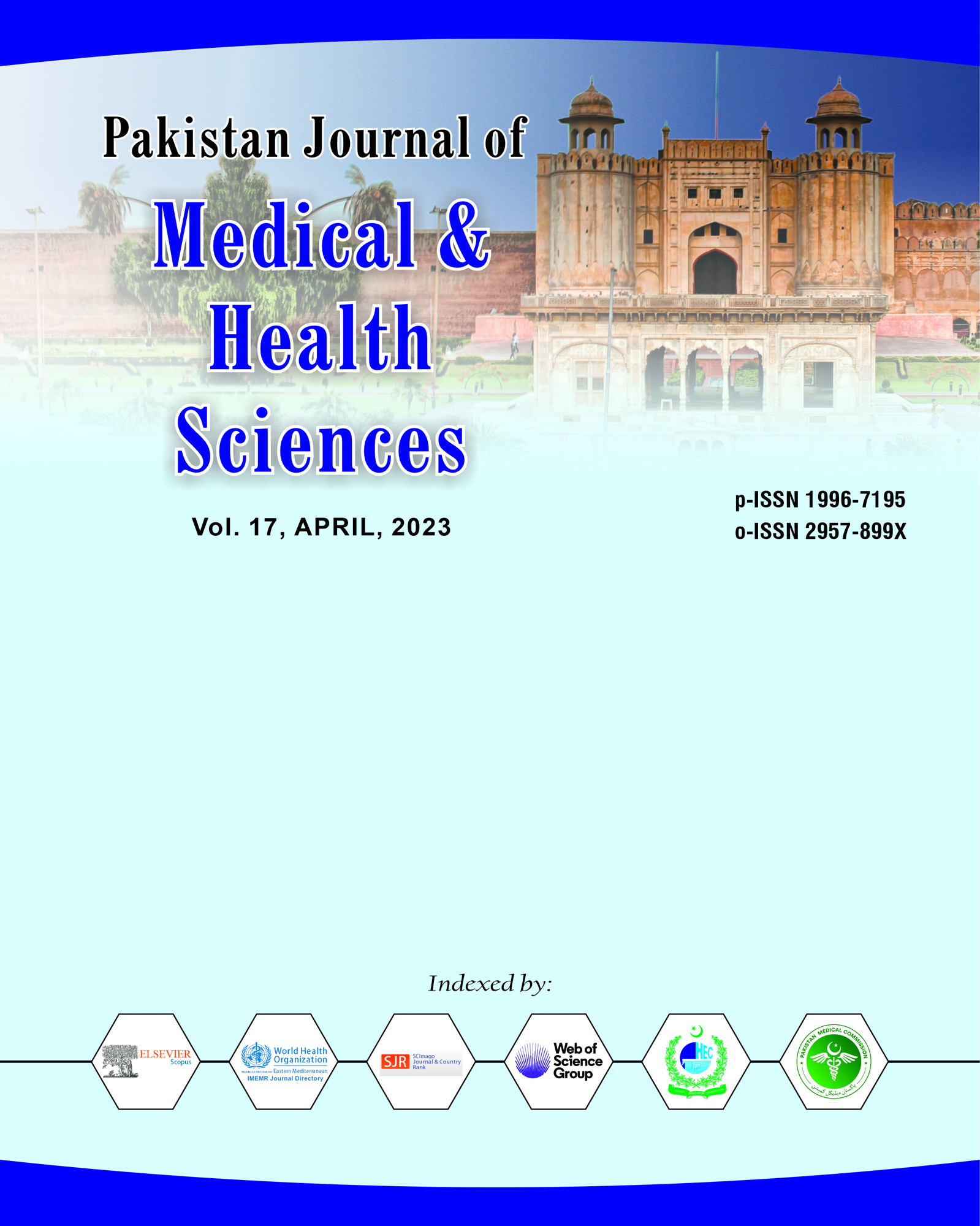A Comparative Study of Muscle and Bone Mass in Postmenopausal Women the Impact of Estrogen Deficiency on Musculoskeletal Health
DOI:
https://doi.org/10.53350/pjmhs2023174734Abstract
Background: A major cause of musculoskeletal deterioration in the form of osteoporosis and sarcopenia following menopause is estrogen deficiency. Estrogen loss is known to have effects on bone mineral density (BMD), but the impact on muscle mass, along with this relationship between the tissues, is not well understood. The purpose of this study is to compare bone and muscle mass loss in postmenopausal women and to determine the factors that contribute to such loss, namely hormonal changes and inflammatory markers.
Methods: In this study, a cross-sectional study was performed on n=60 post menopausal women aged 50 to 75 years. BMD and muscle mass and function were measured using participants' dual energy X-ray absorptiometry (DEXA) scans, bioelectrical impedance analysis (BIA), and grip strength testing. Biochemical indicators of serum estradiol, IL-6, and vitamin D were measured. To assess the relationships between estrogen levels and musculoskeletal decline, Pearson correlation and multivariate regression analyses of estrogen levels and inflammatory markers were performed.
Results: BMD loss at the lumbar spine (r = -0.92, p < 0.001) and hip (r = -0.90, p < 0.001) was strongly correlated with years since menopause. Regarding muscle mass, menopause duration significantly contributed to its decline (r = -0.60, p < 0.01) but had less of an impact than IL-6 levels (β = -1.8275, p = 0.024). Reinforcing its protective role, serum estradiol levels were positively associated with both BMD and muscle mass. In regression models, neither BMD nor muscle mass was significantly affected by vitamin D levels.
Conclusion: However, estrogen deficiency induces both osteoporosis and sarcopenia, but the underlying mechanisms are not the same: BMD loss is mainly due to menopause duration, while muscle loss is more influenced by inflammation. These findings highlight the importance of using an integrated therapeutic strategy consisting of hormone therapy, resistance training, and anti-inflammatory interventions to minimize the risks associated with fractures and functional decline in the postmenopausal woman.
Keywords: Estrogen deficiency, Postmenopause, osteoporosis, sarcopenia, bone–muscle unit, bone mineral density, inflammation, IL-6, muscle loss, aging women
Downloads
How to Cite
Issue
Section
License
Copyright (c) 2023 Aneela Ahsan, Asma Zulfiqar, Sitwat Amna, Negarish Alam Baig, Farhana Jafri, Muhammad Umar

This work is licensed under a Creative Commons Attribution 4.0 International License.


